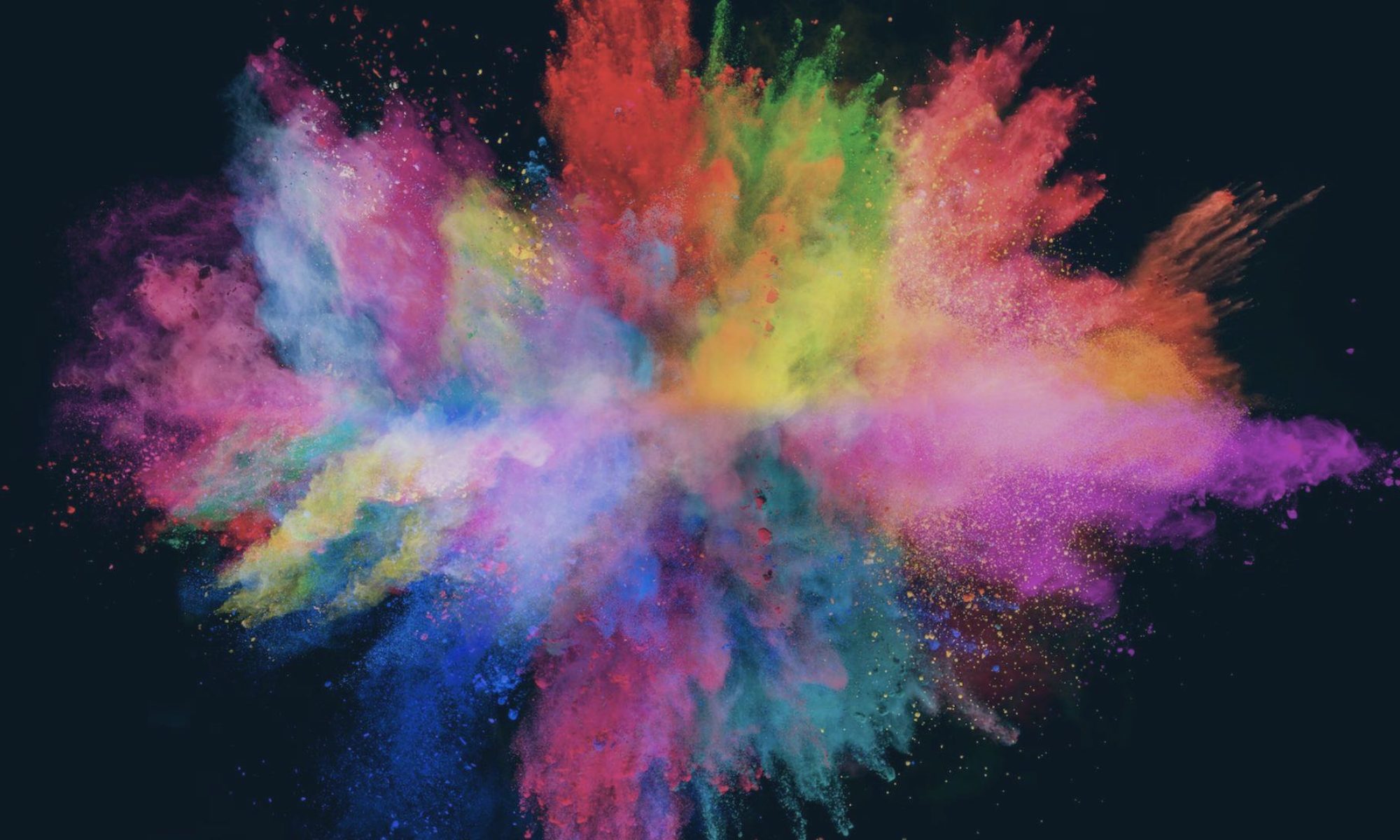Human capacity for creativity is not limited. It arises from experiences, collaboration, imagination, and has no ceiling. No other species has the ability to be as creative as us, and it is our creativity that drove the development of our bodies, brains, and cultures. We are shaped by our creativity, for better and for worse.
The Four Big Misconceptions of Human Evolution
There are four main arguments about human evolution and human nature. They are as follows:
-
-
-
- We are the progeny of demonic males; we are the species that is naturally selfish, aggressive, and competitive
- We are the species that is naturally caring, altruistic, and cooperative; we are experts at being good
- We are better adapted to traditional hunter-gather lives than modern tech-centered life
- We are the species that transcended the boundaries of biological evolution and we are the dominant breed now leading ourselves into ruin
-
-
These hypotheses are all wrong. They simplify human nature and do not look at the whole picture of human evolution. They hypotheses have failed to demonstrate how from our earliest days, humans and nonhuman ancestors survived and thrived due to our amazing ability to create and collaborate.
A New Synthesis
Creativity allowed our ancestors to have small advantages over others.
“A new synthesis demonstrates that humans acquired a distinctive set of neurological, physiological, and social skills that enabled us, starting from the earliest days, to work together and think together in order to purposefully cooperate” (5)
Our ancestors used their creativity to share resources and act in ways that benefited the group not just the individual or family. Collaborative creativity drove development of technology, civilizations, and ethical and religions systems, as well as competition in horrific ways such as killing members of our own species and manipulating planetary ecology for the worst. The goal of this book is to tell a complete account of evolution across time and describe the evolutionary implications in our world today. Genes, epigenetic systems, behavior, and symbolic thought are the bases of our evolutionary tale and describe how modern humans developed. Our unique cooperation and niche construction are also important factors in the evolutionary synthesis. Our ancestors worked together and reshaped the world around them in order to survive and thrive.
Humans on the Tree of Life
Our closest cousin is the chimpanzee, but chimpanzees are not our ancestors. We are both part of the hominoid family, but our two lineages have been involving independently for the last 7 to 10 million years. We are part of the hominin lineage, while chimps belong to the Panina. In order to fully understand humans, we must know what we have in common with our ancestors and also how we differ.
